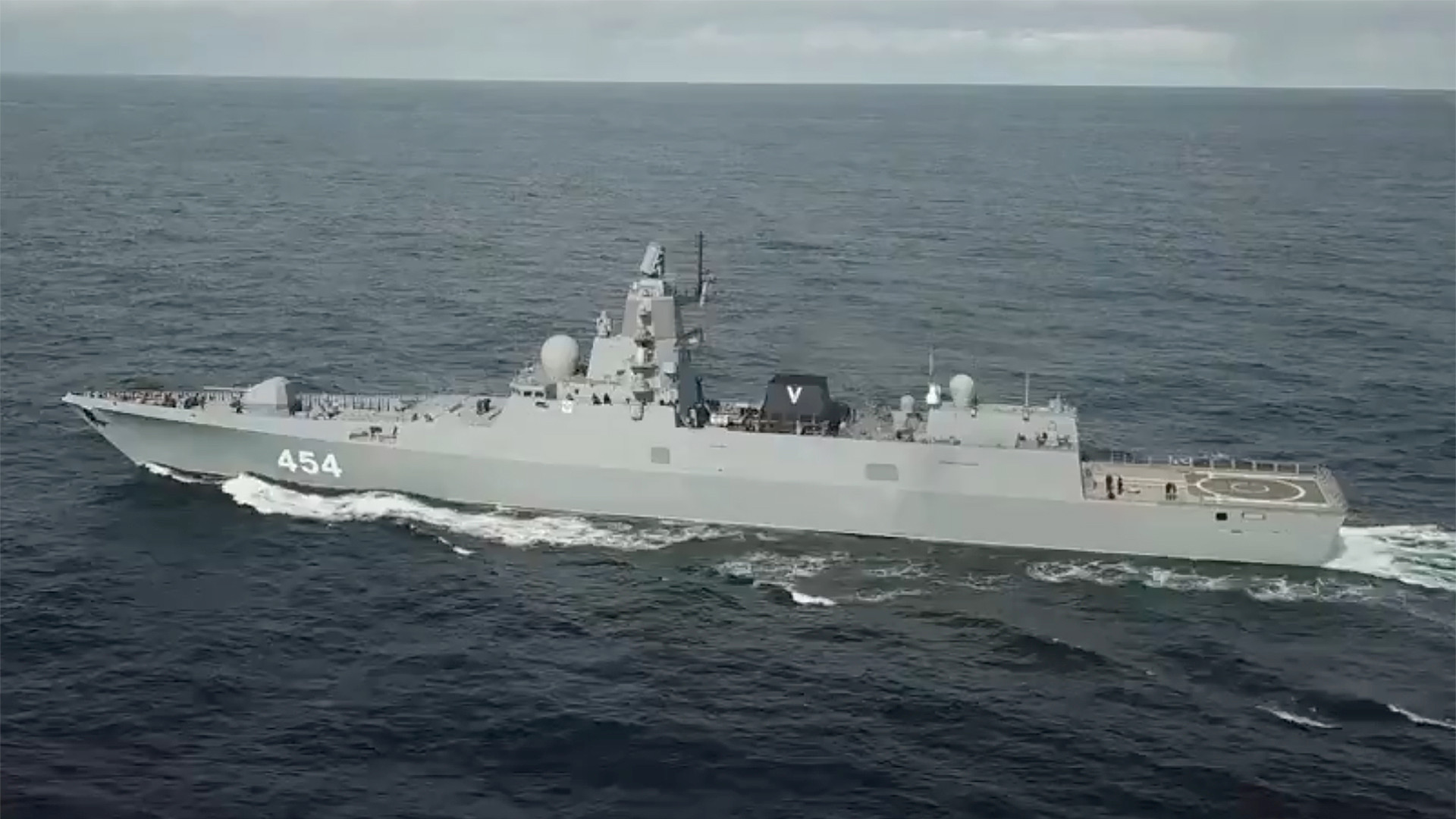U.S. and allied warships and aircraft are shadowing a Russian flotilla that includes the super quiet Yasen-M class nuclear-powered cruise missile carrying submarine Kazan and is heading for the Caribbean. Based on ship and flight tracking data, Russia’s vessels may have come within 30 miles of the Florida coast as they sailed south. The Russian Ministry of Defense also says the task group, which is expected to arrive in Cuba’s capital Havana tomorrow, has simulated attacks on hostile targets at sea and in the air in the course of its voyage.
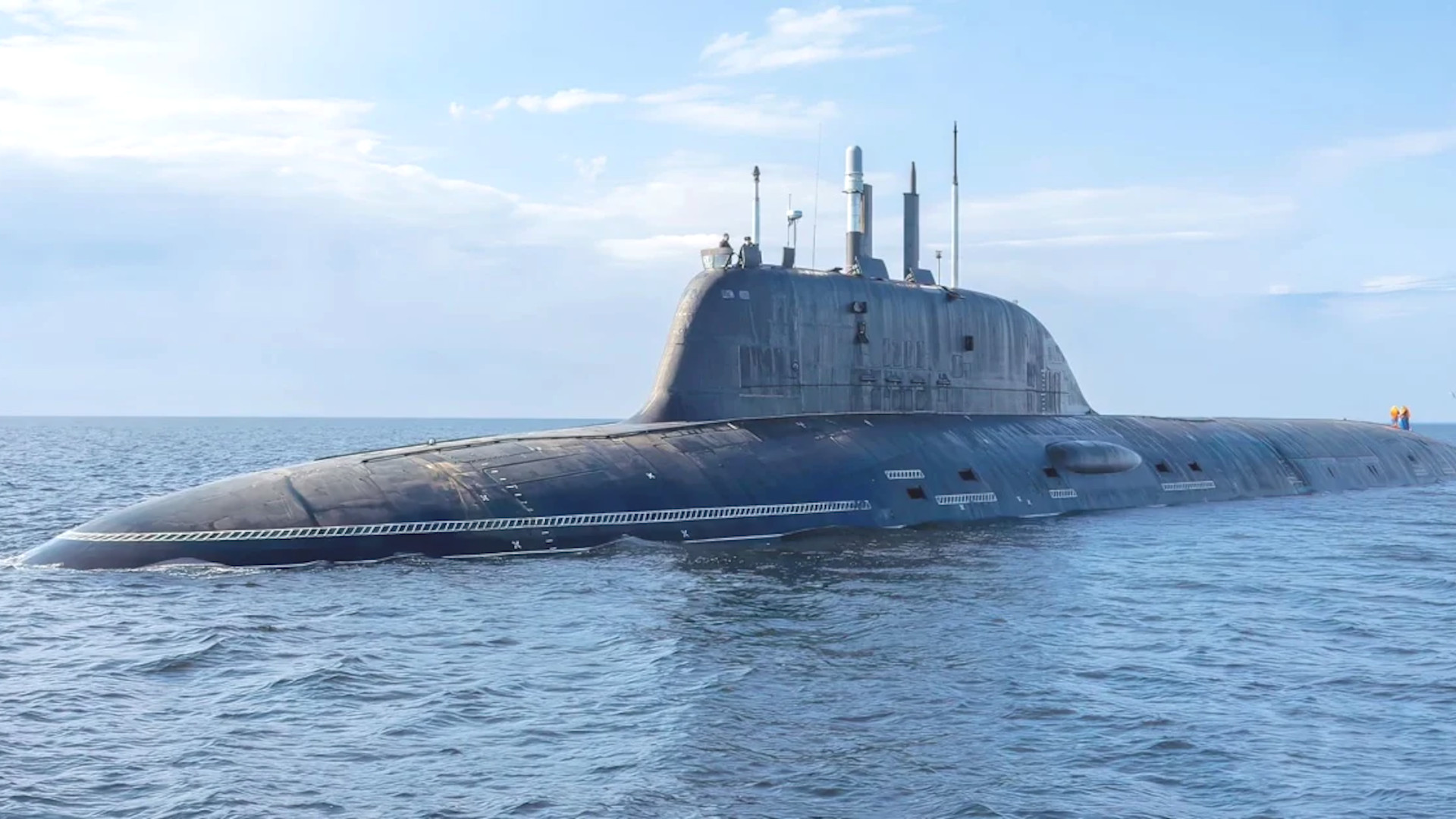
Publicly available ship tracking data earlier today showed the U.S. Navy’s Arleigh Burke class destroyers USS Truxtun (DDG-103) and USS Donald Cook (DDG-75), the U.S. Coast Guard’s Legend class cutter USCGC Stone (WMSL-758), and the Royal Canadian Navy’s Halifax class frigate HMCS Ville de Québec sailing closely behind the Russian Navy’s heavy ocean-going tug Nikolai Chiker (also sometimes written Nikolay Chiker) and the Project 23130 replenishment oiler Academic Pashin in international waters to the east of the Florida Keys. Chiker and Pashin are two of the four vessels in the Russian Navy task group bound for Cuba, the others being the aforementioned Kazan and the Project 22350 frigate Admiral Gorshkov. The exact disposition of the other vessels in the flotilla is unclear.
“The mini-flotilla, if sticking together, can only move as fast as its slowest vessel, likely the oiler or tug, and likely around 10 knots,” Steffan Watkins an independent research consultant who regularly tracks ships and aircraft, told The War Zone. “The frigate can move faster, but ultimately will be held back. The SSGN [Kazan] could be anywhere, and would be able to move much faster.”
An unconfirmed picture said to have been taken from a nearby cruise ship, the Celebrity Reflection, that is now circulating online also appears to show a French Navy La Fayette class frigate taking part in the shadowing effort.
The U.S. Coast Guard’s Atlantic Area Command had previously released pictures showing Truxtun, Stone, and Ville de Québec conducting unspecified “maritime stability and security operations” together in the Atlantic Ocean on June 3 and June 9.
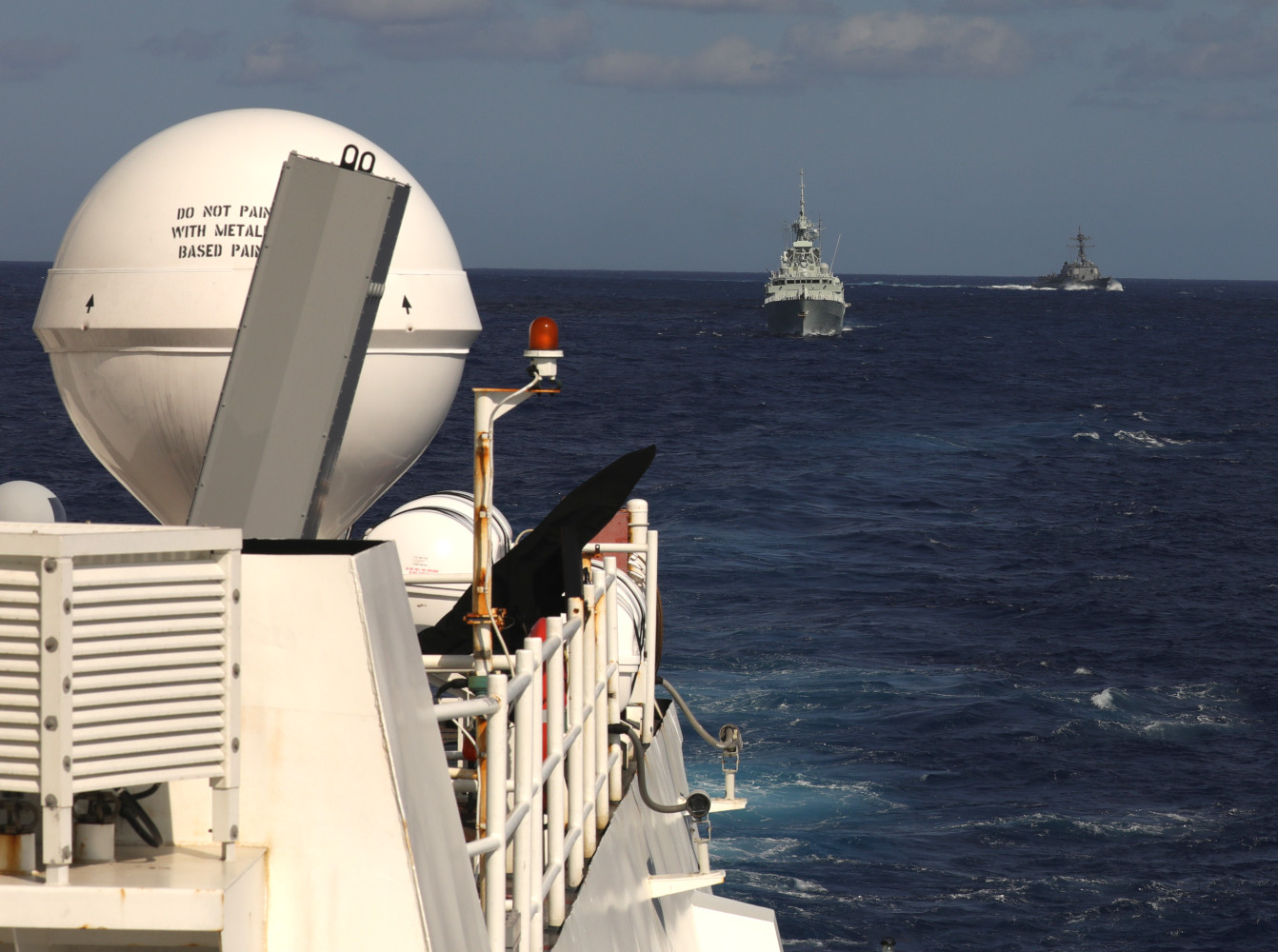
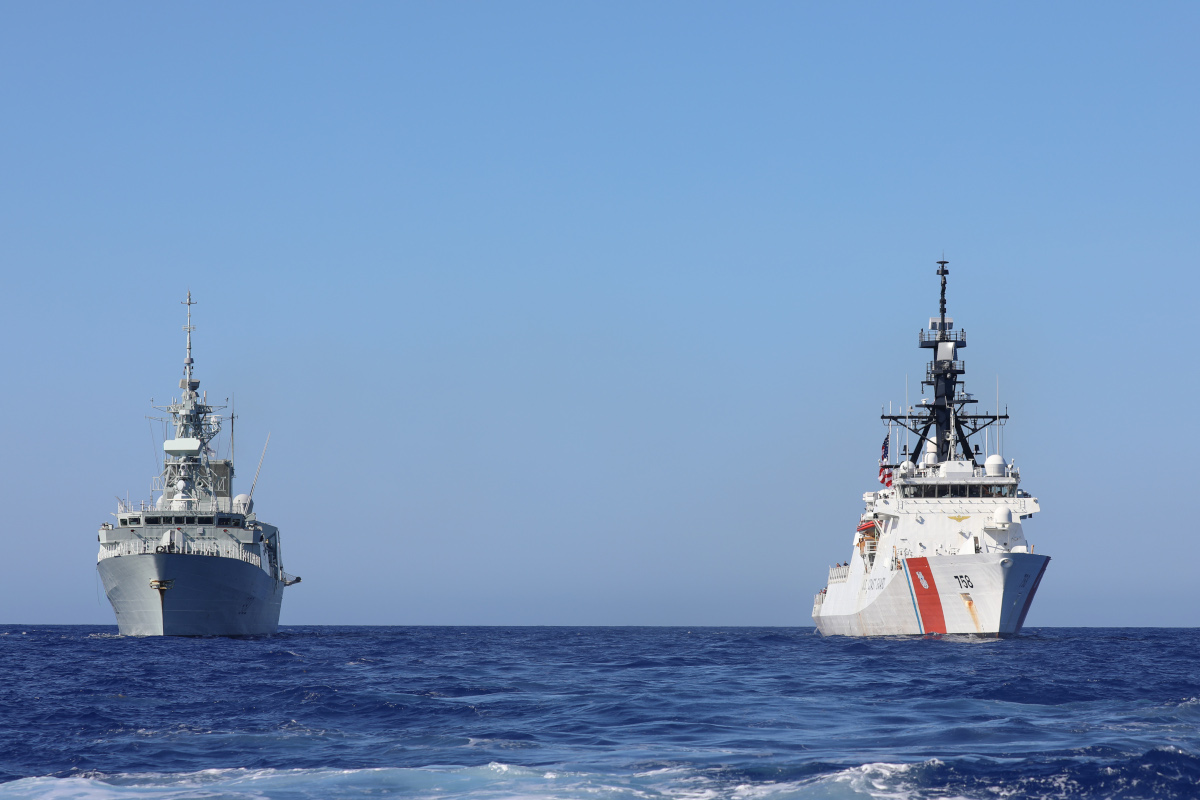
The Coast Guard pictures align with additional ship tracking data that shows Stone and Ville de Québec operating out to sea last week and then moving steadily toward the east coast of the United States and then down toward Florida.
Online flight tracking data also strongly indicates that U.S. Navy P-8A Posiedon and Royal Canadian CP-140 Aurora (a derivative of the P-3 Orion) maritime patrol aircraft have been helping to monitor the progress of the Russian Navy vessels.
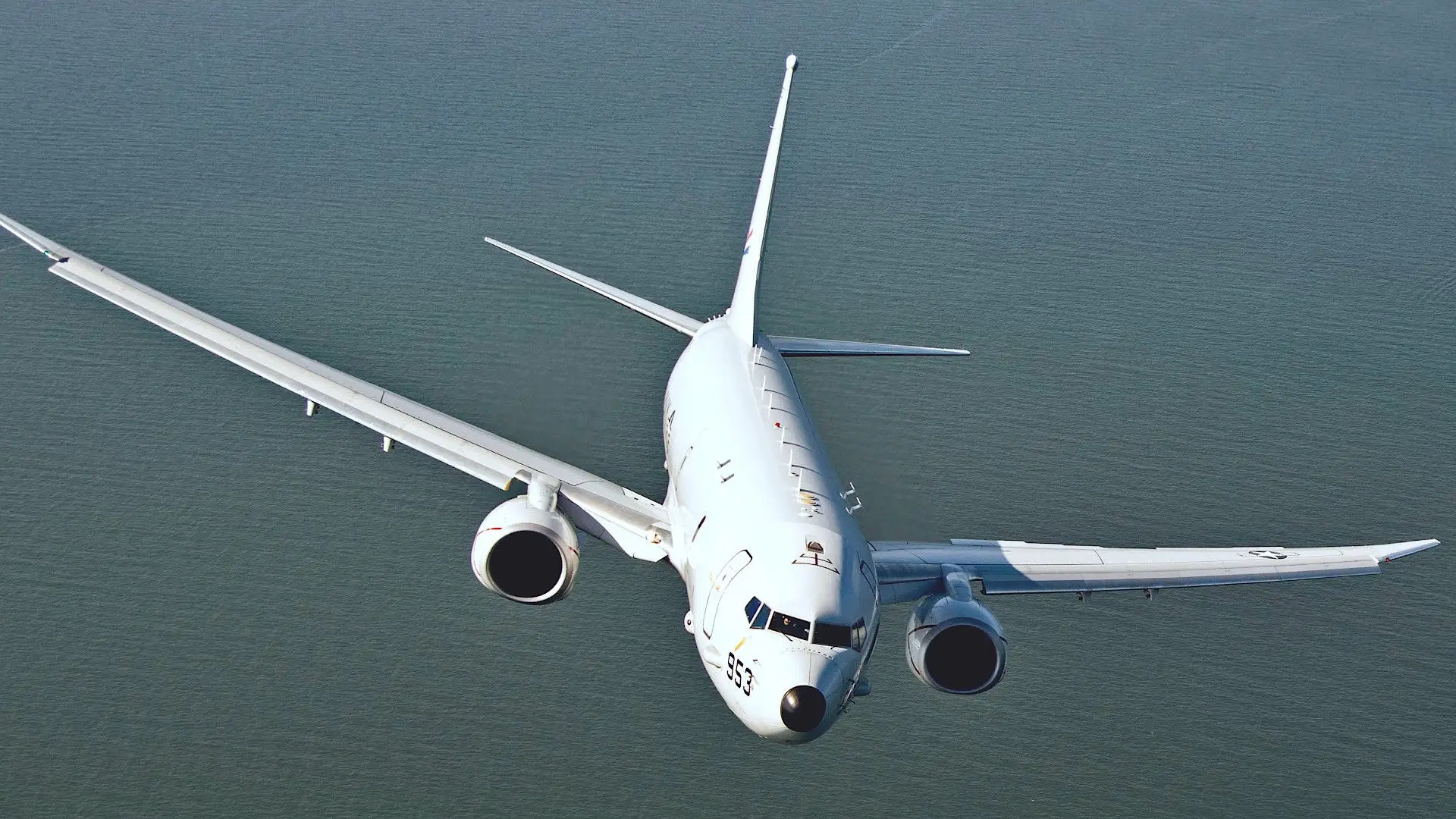
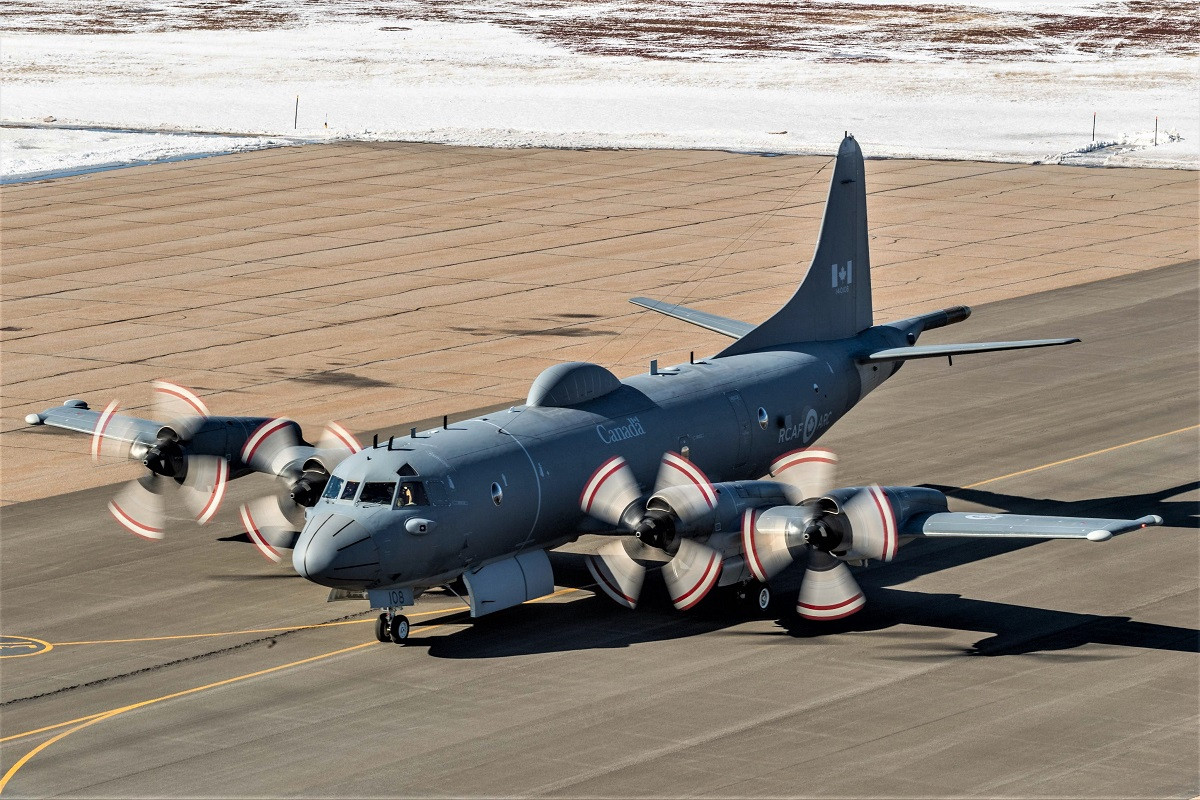
The War Zone has reached out to U.S. Northern Command, the U.S. Navy, and the Canadian Department of National Defense for more information.
It is worth stressing that naval and air forces around the world routinely shadow each other, especially when foreign ships or aircraft get relatively close to a country’s territorial waters or airspace. In addition to just keeping an eye on the movements of those forces, monitoring them offers opportunities to gather intelligence about their capabilities, including from the signals their radars and other emitters pump out, as well as to test friendly sensors and other systems on real-world threats.
The opportunity to hunt for Kazan as it sails beneath the waves could be particularly valuable for the U.S. military, as well as its allies. Russia’s Yasen-M class boats are advanced ultra-quiet types that American officials have described in the past as being “on par with” current-generation U.S. Navy submarines. The Russian Navy has three Yasen-M class submarines in service now, as well as a lone example of the original Yasen class design. Five more Yasen-Ms are in various states of construction and authorities in Russia have previously announced plans to acquire three more.
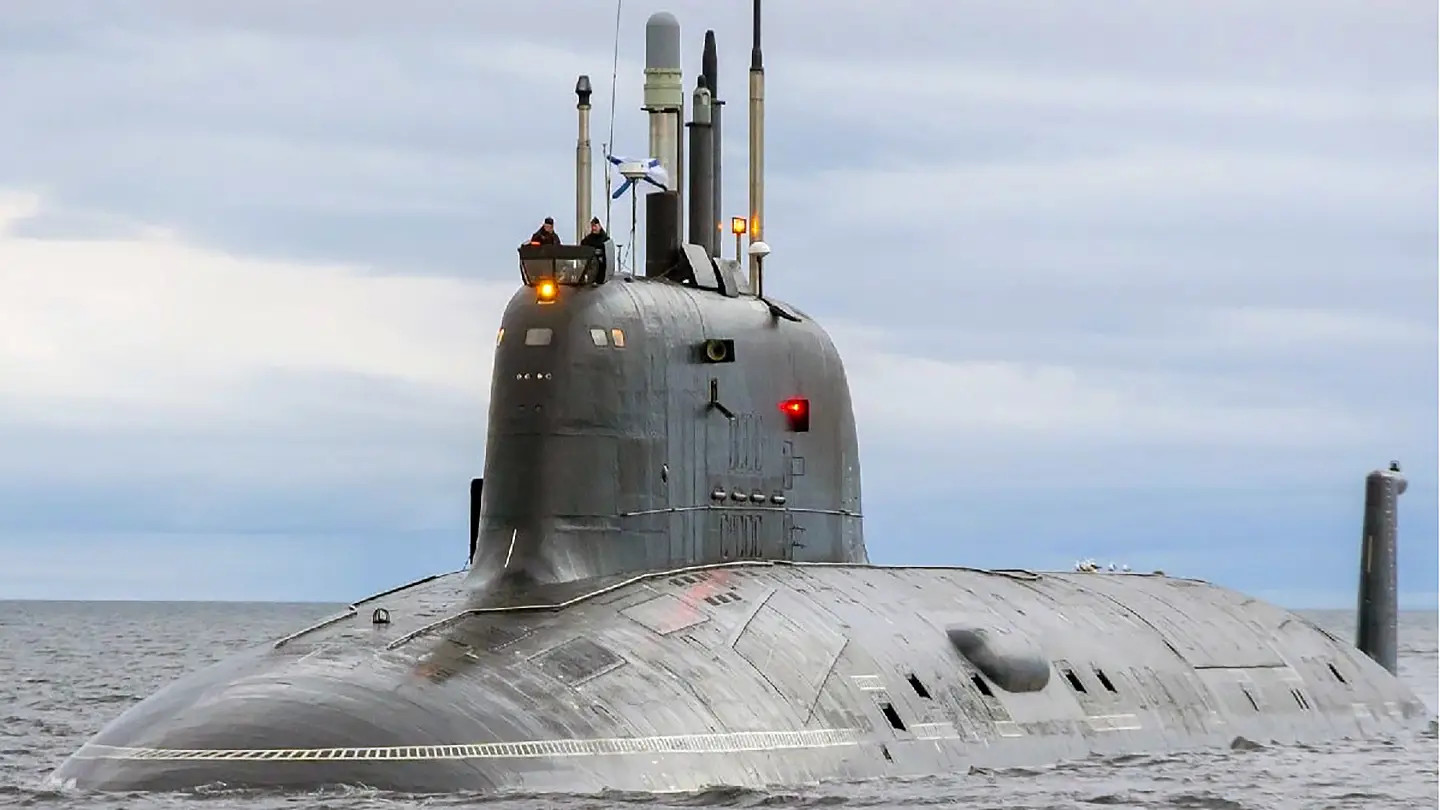
Shadowing, in general, provides chances to collect intelligence, including by intercepting communications chatter, on foreign tactics, techniques, and procedures, as well.
The Russian Ministry of Defense put out a press release today announcing that the Gorshkov and the Kazan had recently conducted simulated anti-ship missile strikes against mock enemy naval targets while sailing in the Atlantic. No missiles were live-fired, according to the release.
What missiles the ships practiced employing were also not identified, but Gorshkov and Kazan can launch both Oniks supersonic anti-ship cruise missiles, as well as anti-ship versions of the Kalibr family of cruise missiles. Both vessels can also launch cruise missile attacks on targets ashore using other versions of Kalibr, as well as Oniks, which has a secondary land attack capability. Last year, Russian authorities also claimed that the Zircon hypersonic cruise missiles had been deployed on Gorshkov, but whether that is a standard part of the ship’s loadout remains unclear.
The Russian Ministry of Defense’s release today also said Gorshkov had “conducted training to repel an air attack” using its 130mm AK-192M main gun and two 30mm cannon-armed Palash close-in weapon systems earlier in the voyage across the Atlantic. It is not entirely clear if those weapons were live-fired during the drills. The frigate’s air defense capabilities also include a navalized version of the S-350 surface-to-air missile system.
Back in May, the Russian Ministry of Defense had also put out a video showing Gorshkov training somewhere in the North Atlantic. The footage included a clip showing a P-8A belonging to an unknown operator as seen through the sights of one of the ship’s Palash systems. A member of the ship’s crew also indicates that two other foreign aircraft were targeted in this way, according to a report from The Barents Observer.

Otherwise, much about what the Russian flotilla’s visit to the region will entail remains to be seen.
The Russian government had first announced the departure of the flotilla back on May 17, but had not specified at that time where it was headed. Last week, Cuban authorities announced that the vessels would be in Havana from June 12 to June 17.
The Russian Ministry of Defense video from May showing the P-8A makes clear that the flotilla was being actively tracked from the start. There are clear indications that the U.S. military knew they were at least headed for the Caribbean early on, too. This is not surprising given how close the United States monitors both Russian and Cuban military activities.
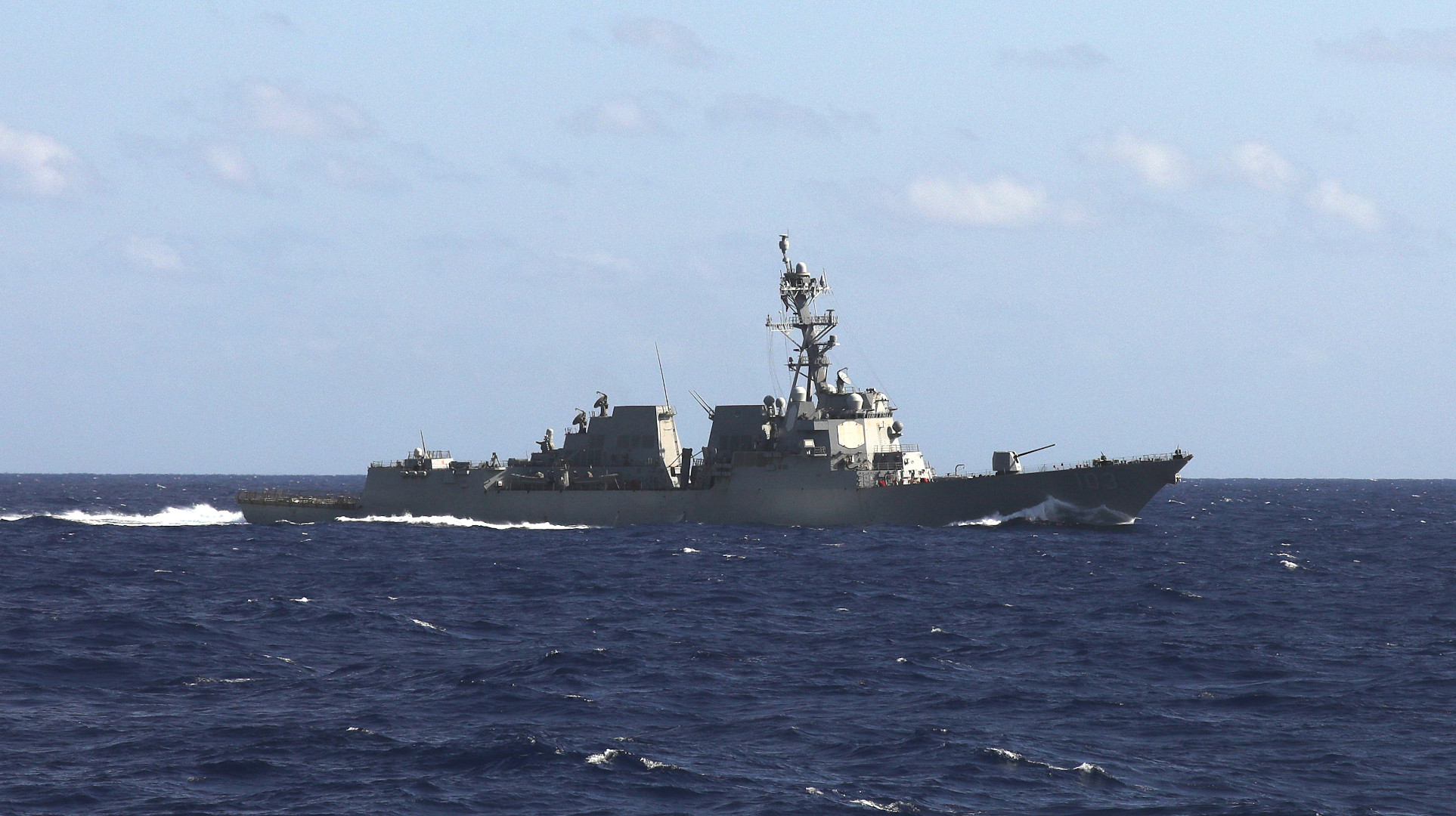
Cuba could also just be one of the task group’s planned stops in the region and other Russian forces, including aircraft, may join them during parts of their cruise.
“Russia is likely to send combat naval vessels to the Caribbean, with potential port calls in Cuba and possibly Venezuela,” U.S. Army Maj. Charlie Dietz, a Pentagon spokesperson, said in a statement to CNN on June 7. “Aircraft deployments or flights in the region are also anticipated. These deployments are part of Russia’s routine naval operations and pose no direct threat to the United States.”
U.S. authorities have downplayed the arrival of the Russian flotilla in the region and Russia’s Navy does send vessels to the region regularly. A video circulating online purporting to show Gorshkov arriving in Havana is actually from a previous visit by the frigate to the Cuban capital in 2019, as seen below.

However, it is unclear when the last time a Russian nuclear-powered submarine of any type stopped over in Cuba. The new Russian naval deployment, overall, is clearly meant to be a show of force.
This also follows threats from Russian President Vladimir Putin to supply long-range weapons to “regions” from which they could potentially be used to strike Western targets. Last week, Putin raised this as a possible response to Ukrainian strikes against targets on Russian soil using weapons provided by its partners in the West, especially Germany. This, in turn, had come after authorities in the United States, Germany, and a number of other countries had publicly announced their approval for Ukraine to use munitions they have provided to attack Russia proper.
The possibility that the Russian vessels could sail on to Venezuela continues as that country remains embroiled in a border crisis neighboring Guyana. The U.S. government has expressed its clear support for Guyana in the ongoing dispute. This has contributed to a chill in U.S.-Venezuela relations despite a steady thaw between 2022 and 2023. Russia has long used its own relations with Venezuela, as well as Cuba, to advance its geopolitical interests in America’s backyard.
Pentagon spokesperson Dietz also told CNN last week that U.S. authorities believed the Russian deployment to be “at least in part due to Havana’s displeasure” over a visit by the Los Angeles class nuclear-powered attack submarine USS Pasadena to Guantanamo Bay, a U.S. territory on the island, last year.
Altogether, despite the American officials downplaying the arrival of the Kazan and the other Russian ships in the region, the U.S. military, with help from Canada, looks to be keeping a very close eye on their movements.
UPDATE: 6:45 PM EST —
The War Zone has now received the following statement from U.S. Northern Command:
“In accordance with standard procedures, we’ve been actively monitoring the Russian ships as they transit the Atlantic Ocean within international waters. Air and maritime assets under U.S. Northern Command have conducted operations to ensure the defense of the United States and Canada. Russia’s deployments are part of routine naval activity which pose no direct threat or concern to the United States.”
The War Zone has also gotten the following statement from the Canadian Department of National Defense:
“The Canadian Armed Forces, alongside its U.S. counterparts, routinely carries out operations (including maritime and air operations) in support of continental defence. As highlighted in Canada’s recent defence policy update, Our North, Strong and Free, defending North America is one of the Canadian Armed Forces’ top priorities. Routinely monitoring the approaches to North America is part of defending our nation and ensuring the continued safety and security of Canadians and all North Americans.”
Contact the author: joe@twz.com
